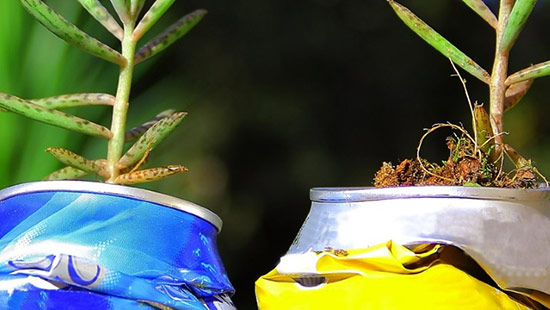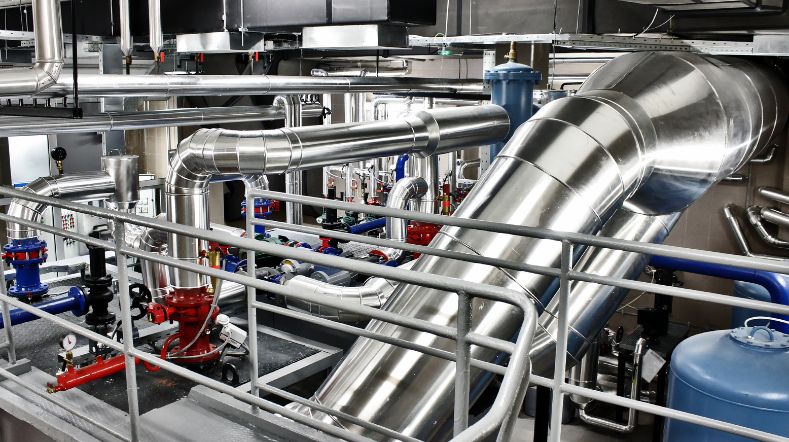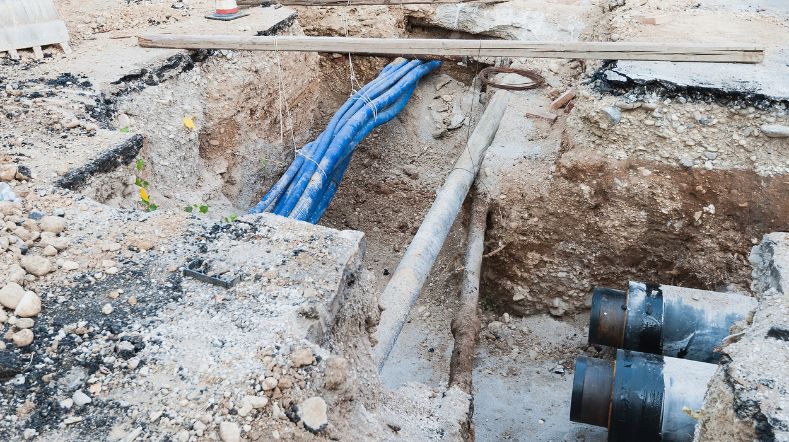Environment and Sustainability
We work daily on research and innovations concerning the environment and sustainability. In doing so, we contribute to a circular economy. Find out more about our work towards a sustainable society.

together towards a circular economy
We want to keep products and materials in circulation as long as possible. For example, by designing products that can be easily reused. We also help by innovating chains and applying recycling.
Our latest developments
59 resultaten, getoond 1 t/m 5
Switching to a heat pump is financially attractive for 90% of single family homes
Households in single family homes save more money after installing a hybrid or fully electric heat pump.


Cooling demand and space cooling: a growing concern in the energy transition

Methane emissions in the North Sea Symposium
Technical catalogue based on Danish model to accelerate the roll-out of district heating networks


Heating and cooling solutions















